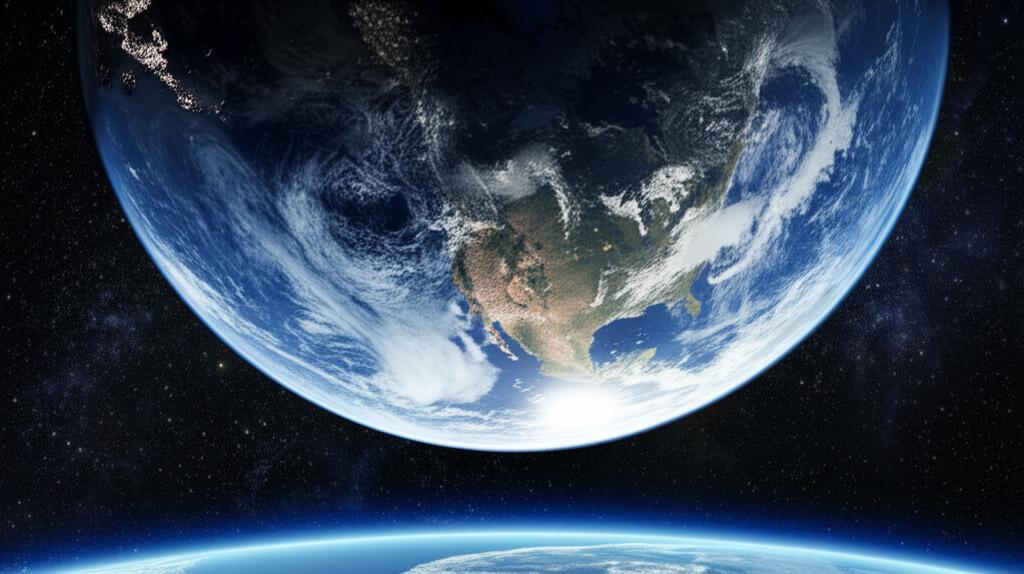Quantum gravimetry is rapidly advancing our ability to map Earth's gravitational field with unprecedented precision, offering transformative insights for climate science, resource management, and our understanding of the planet's dynamic systems. This technology, leveraging the principles of quantum mechanics, is being developed for both space-based and ground/airborne applications, promising a new era in Earth observation.
At the forefront of space-based quantum gravimetry, NASA is developing the Quantum Gravity Gradiometer Pathfinder (QGGPf) mission. Scheduled for launch by the end of the decade, this mission will be the first to test quantum sensing technology for measuring gravity from orbit. The QGGPf instrument uses two clouds of ultra-cold rubidium atoms, cooled to near absolute zero. At these extreme temperatures, the atoms behave like matter waves. By measuring the minute differences in acceleration between these atom clouds as they free-fall, scientists can detect anomalies in Earth's gravity field with extraordinary precision – potentially up to ten times greater sensitivity than current classical sensors. These anomalies reveal variations in subsurface mass, providing crucial data on underground water resources, mineral deposits, and geological shifts like tectonic motion and melting glaciers. The QGGPf is a technology pathfinder, intended to validate space-based quantum sensing and inform future Earth and planetary science missions. Its compact size (around 0.25 cubic meters and 125 kilograms) and reduced susceptibility to drift and thermal noise are significant advantages over traditional spaceborne gravity instruments.
Europe is also making significant strides in this field. The European Commission, through Horizon Europe, is funding projects like CARIOQA (Cold Atom Rubidium Interferometer in Orbit for Quantum Accelerometry). CARIOQA aims to develop a quantum sensor for space applications, with a pathfinder mission targeted for before 2030. The project officially kicked off its Phase A in January 2024, focusing on developing the core quantum instrument and preparing for a demonstration mission to test a quantum sensor capable of measuring accelerations using cold atoms in space. This initiative seeks to establish European non-dependence in this critical technology and pave the way for a future constellation of satellites for continuous gravity monitoring. The ultimate goal is to improve observations of mass changes related to groundwater storage, ocean circulation, sea-level rise, and ice sheet dynamics.
Quantum gravimetry's core principle often involves cold atom interferometry. Lasers are used to cool atoms to near absolute zero, where their quantum properties become dominant. The lasers are then switched off, allowing the atoms to move freely in response to gravity. By measuring the phase difference of these "falling" atoms through interferometry, an absolute measurement of the gravitational field can be obtained. This offers an advantage over classical methods, which can be prone to drift and require calibration.
Beyond space missions, quantum gravimetry is also being refined for ground-based and airborne applications. Airborne campaigns, such as those conducted over Iceland and Greenland in 2023, have successfully deployed quantum gravimeters alongside classical ones, demonstrating their capability to provide absolute gravity measurements. These mobile quantum gravimeters are proving valuable for regional-scale gravity mapping in areas where ground measurements are difficult, such as mountainous regions or coastal zones. Data from these campaigns is being used for geophysical studies and to refine sensor technology. Ground-based quantum gravimeters are also being developed and deployed for various applications, including monitoring volcanic activity, assessing groundwater resources, and in civil engineering for infrastructure monitoring. The ability to conduct high-resolution, reproducible measurements over time at specific sites is a key advantage.
The data obtained from quantum gravimetry, whether from space or terrestrial platforms, is expected to complement existing Earth observation data from satellites (like SAR and altimetry) and in-situ measurements. This integrated approach will enhance the monitoring of the Earth's geophysical systems and improve models for climate change, hydrological cycles, and geohazards.
While the potential of quantum gravimetry is immense, challenges remain. The technology is complex, often requiring operation at extremely low temperatures and precise control over quantum states. This makes the instruments costly and challenging to build and maintain. Sensitivity to external noise is another hurdle. However, ongoing research and development are focused on improving the robustness, compactness, and performance of these sensors, as well as optimizing network configurations for their operation.
In summary, quantum gravimetry is emerging as a revolutionary tool for Earth observation. With ongoing advancements and upcoming missions like NASA's QGGPf and Europe's CARIOQA, the next decade promises significant breakthroughs in our ability to map and understand Earth's gravitational field, leading to better management of our planet's resources and a deeper understanding of the changes it is undergoing.

